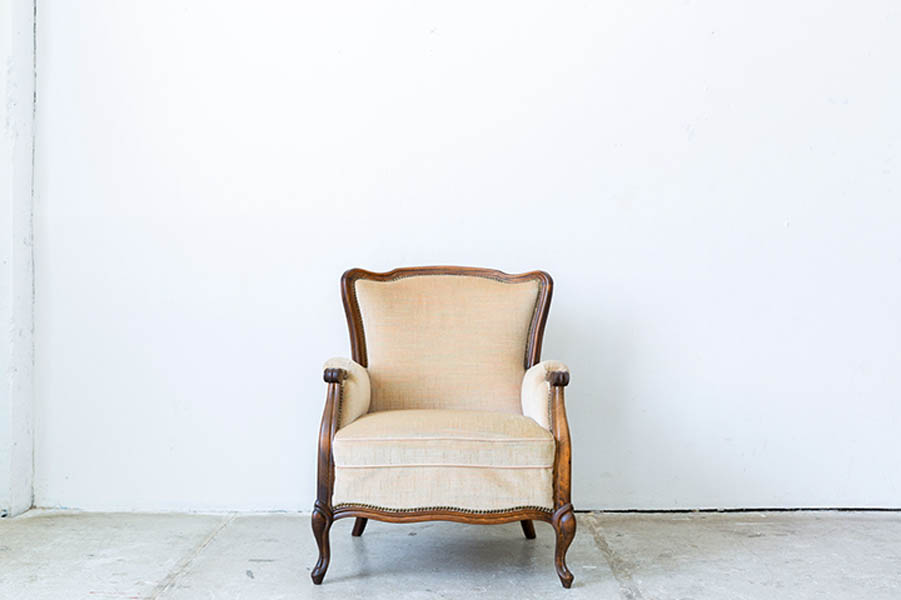
06 Feb What Are the Top Mistakes to Avoid When Upholstering Furniture?
Upholstering furniture is part skill, part patience, and part knowing what not to do. It’s easy to picture the perfect reupholstered chair or couch—fresh fabric, clean lines, a flawless finish. But in reality, upholstery is unforgiving. One wrong move and you’re left with lumpy cushions, misaligned patterns, or fabric that starts sagging before the job is even done.
Whether you’re tackling a DIY project or working with a professional, steering clear of common mistakes makes all the difference. Avoid these pitfalls, and you’ll end up with furniture that’s as beautiful as it is durable.
Skipping the Prep Work
A fresh layer of fabric won’t fix underlying problems. If the padding is uneven, the springs are broken, or the frame is unstable, those issues will show through no matter how nice the fabric looks.
Before starting, inspect the structure. Tighten loose joints, replace worn-out padding, and repair sagging springs. Skipping this step leads to furniture that looks great on the surface but feels uncomfortable and wears out quickly.
Choosing the Wrong Fabric
Not all fabrics are suited for upholstery. Some stretch too much. Others fray at the seams. Delicate fabrics might look luxurious, but they won’t hold up to everyday use.
To avoid issues:
- Pick a fabric with durability in mind. Heavier materials like canvas, tweed, or performance fabric work best for high-use furniture.
- Think about the environment. A chair by a sunny window needs fade-resistant fabric, while a couch in a busy home should be stain-resistant.
- Test the stretch. Fabrics with too much give can sag over time, ruining the shape of the piece.
Ignoring fabric choice often means redoing the entire project far sooner than expected.
Not Paying Attention to Pattern Placement
A bold pattern can make a statement—or a mess if not lined up correctly. Nothing ruins an upholstery job faster than mismatched stripes, crooked florals, or seams that don’t align.
Before cutting, plan how the pattern will flow across the furniture. Large prints should be centered, stripes should match at the seams, and repeating patterns should be consistent throughout. Taking the extra time to lay out fabric properly prevents an eyesore later.
Skipping the Staple and Tension Test
Fabric needs to be pulled tight—but not too tight. Too loose, and it sags. Too tight, and it warps the frame. The key is balance.
- Start in the center and work outward. This keeps fabric smooth and even.
- Staple, then step back. Check for wrinkles or uneven tension before committing to the final row of staples.
- Trim excess fabric last. Cutting too soon leaves no room for adjustments.
Upholstery requires patience, not shortcuts. Rushing leads to fabric that puckers, shifts, or wears unevenly over time.
Ignoring the Finishing Details
Even a well-upholstered piece can look amateur if the finishing touches are sloppy. Uneven welting, visible staples, or unfinished edges draw attention to flaws instead of craftsmanship.
Use fabric glue or trim to cover staples. Take the time to attach welt cord or piping cleanly. Make sure corners are folded neatly. The details matter—they separate a polished, professional look from a rushed job.
A Great Upholstery Job Starts with Avoiding These Mistakes
Upholstery isn’t just about covering furniture in new fabric. It’s about structure, precision, and care. Skipping steps, rushing the process, or choosing the wrong materials can turn a dream project into a frustrating mess.Take the time to prep, measure, stretch, and finish properly. When done right, upholstery transforms furniture into something stunning, comfortable, and built to last.


